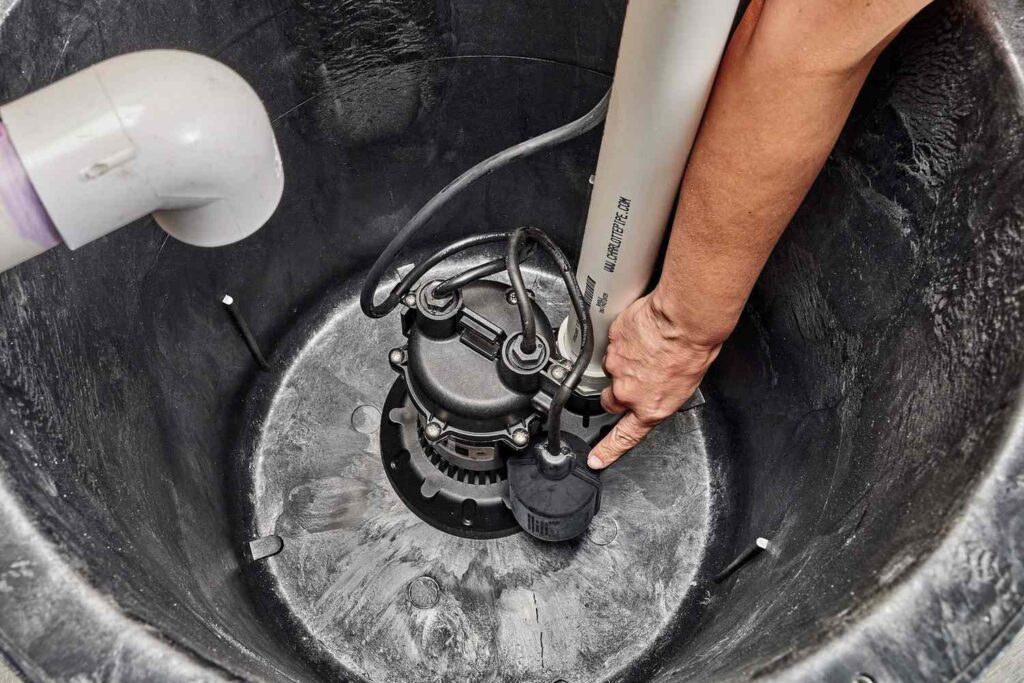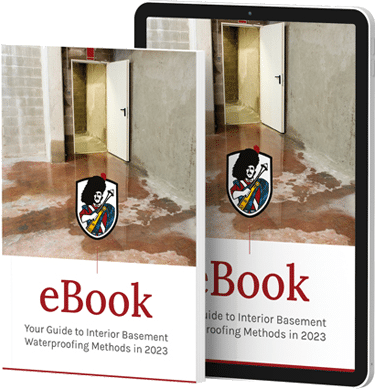A sump pump is one of your home’s unsung heroes—silently protecting your basement from water damage. But little benefit comes from it working invisibly. You should know how to check if a sump pump is working, especially before storms or spring thaw. This guide covers everything you need: visual inspections, manual tests, troubleshooting tips, and when to call for help.
Why Regular Checks Matter
A functioning sump pump prevents costly basement flooding, mould growth, and structural damage. In Canada, especially through winter thaw and spring rainfall, your pump may sit idle for months. Checking it often—ideally twice a year—ensures it will respond when water levels rise unexpectedly.
How to Test Your Sump Pump
1. Visual Inspection
Begin by removing the sump pit cover and looking inside:
- Ensure the pump is properly seated and the power cord is securely plugged into a Ground Fault Circuit Interrupter (GFCI) outlet.
- Remove debris, sludge, or sediment that may obstruct the float or intake.
- Inspect the discharge pipe, both inside and outside, for cracks, ice buildup or blockage.
- Listen for unusual sounds—grinding, rattling or motor humming—that could indicate mechanical wear or obstruction.
2. Manual Float Test
Your sump pump uses a float switch to detect rising water levels. Grab the float (a plastic ball or arm) and lift it slowly:
- The pump motor should fire immediately.
- Once the float drops, the pump should shut off.
- If nothing happens, the float may be stuck or the switch could be faulty.
3. Pour Water into the Pit
Simulate real-life operation by slowly adding water into the sump pit:
- Pour enough to raise the float and trigger the pump.
- Observe that it activates promptly and clears the water efficiently.
- Repeat once or twice to ensure consistent performance.
- If water remains after the pump runs or it doesn’t turn on at all, further inspection is needed.
Common Reasons a Pump May Fail
Power or Electrical Issues
Check the GFCI outlet—it may have tripped. Press the reset button and listen for a motor hum. If no power, inspect your breaker box and consider installing a battery backup system—a lifesaver during outages.
Float Switch Problems
If the pump fails the float test:
- Ensure the float moves freely and isn’t jammed against the basin wall.
- Tethered floats tangled on cords or debris can prevent activation.
- Cleaning around the float often restores function.
Discharge Pipe Blockage or Freezing
If water doesn’t exit properly:
- Inspect outside for frozen hoses or clogged outlets.
- In winter, drainage lines can freeze or check valves may trap water, causing backflow.
- A small weep hole above the check valve often prevents freeze-ups in cold weather.
Worn or Old Pump
Most sump pumps last around 8–10 years. Signs of aging include loud noises, constant cycling, or reduced discharge flow. If your unit is reaching this age and troubles persist, replacement may be the best option.
Additional Checks: Backup and Flow Rate
Battery Backup Systems
If the pump plugs into a battery backup:
- Unplug the main power supply and repeat the float or water test.
- Ensure battery terminals are clean and the indicator light shows a full charge (green).
- Battery must be tested monthly and replaced every 3–5 years for reliability.
Measuring Flow Rate
During a heavy rainfall, time how long it takes the pump to lower water by one inch. Using the sump depth chart, calculate gallons per minute and compare against your pump’s rated capacity. If it performs significantly slower, service may be needed.
Maintenance Tips to Keep It Running
- Remove debris and clean the pit once or twice a year, especially before spring.
- Ensure the check valve is present and working, preventing water from draining back into the pit.
- Test the float manually and pour water at least every six months.
- Inspect the discharge pipe and outlets regularly—especially after storms or freezing weather.
Reliable Support When It Matters Most
Keeping your sump pump in top form prevents water damage and maintains peace of mind. With routine testing and trusted professionals like GJ MacRae Foundation Repair, you’re set to keep your home dry—no matter what Mother Nature brings.







